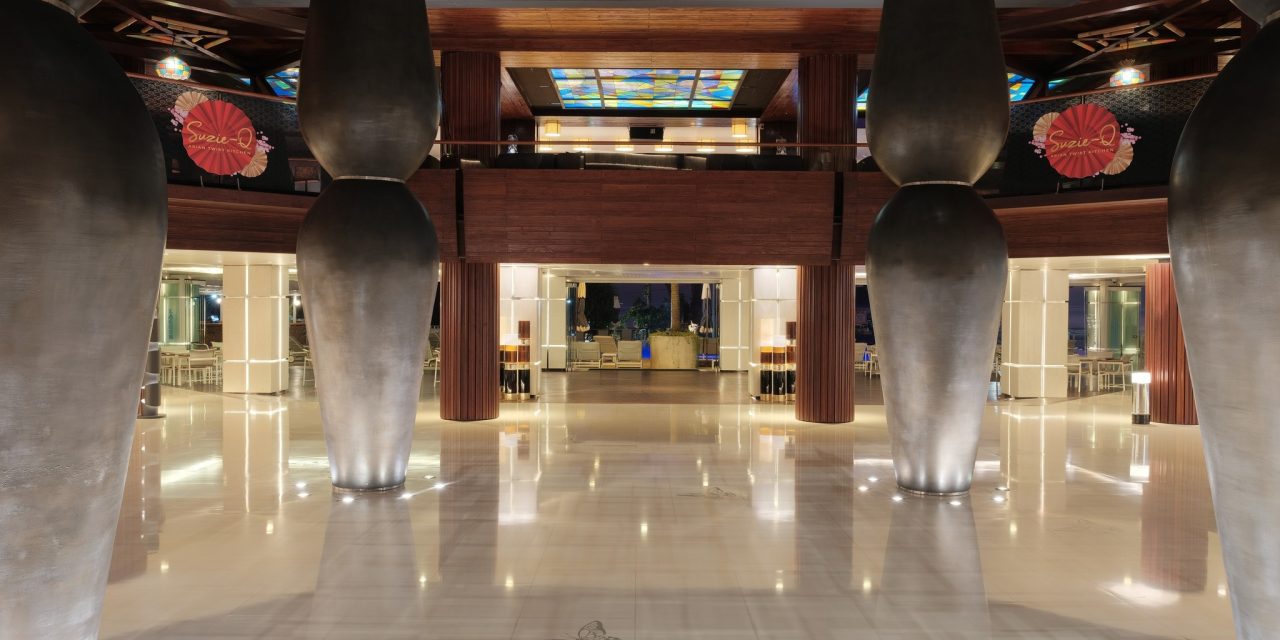When you think of Bali, images of sandy beaches, lush rice terraces, and vibrant culture come to mind. But nestled in the heart of this paradise is Ubud, a town renowned for its artistic flair and deep commitment to sustainability. As someone who’s traveled to Ubud multiple times, I’ve had the pleasure of witnessing firsthand the beautiful eco-friendly handicrafts crafted by local artisans. In this article, I want to take you along on my journey, sharing personal anecdotes, unique insights, and practical advice that will make you fall in love with these sustainable treasures.
The Charm of Ubud’s Artisans
In my first visit to Ubud, I wandered through the bustling Ubud Market, a cornucopia of colors and textures. Rows of stalls overflowed with handmade goods, each more enchanting than the last. What struck me the most was the palpable care and passion that the artisans poured into their work. Each item had a story, each crafted piece spoke to the rich cultural heritage of Bali.
I distinctly remember stumbling upon a small shop tucked away from the main thoroughfare. The shop’s owner, Made, welcomed me warmly and proudly introduced me to his collection of eco-friendly handicrafts. From intricately woven baskets made of recycled palm leaves to beautiful batik fabrics dyed with natural pigments, each item felt like a piece of the earth’s history wrapped in creativity.
Why Eco-Friendly?
The eco-friendly movement is more than just a trend; it’s a necessity. As I learned more about the environmental issues facing our planet, I couldn’t help but appreciate the artisans’ commitment to sustainability. Many craftspeople in Ubud prioritize using natural, locally sourced materials and implement traditional techniques that minimize waste.
For example, I found out that the vibrant colors in some of the textiles are derived from local plants and flowers—a beautiful reminder that art can be both stunning and sustainable. It was inspiring to see how these artisans honor their environment while creating beautiful works of art.
A Personal Encounter: The Story of Bali Coffee
On one of my trips, I had the pleasure of visiting a small coffee cooperative run by local farmers who also produced handcrafted items using coffee waste. Imagine my surprise when I learned that the discarded coffee husks from their farms could be transformed into beautiful, biodegradable crafts!
I watched as the artisans skillfully twisted the dried husks into intricate designs, creating items like coasters and decorative ornaments. It felt like a magic trick; something so often regarded as waste was being reborn into something beautiful. I bought a set of coasters as gifts for my friends back home, and every time someone used them, I would share the unique story behind their creation.
Integrating Eco-Friendly Choices into Your Life
Purchasing eco-friendly handicrafts not only supports local artisans, but it also allows you to integrate sustainability into your everyday life. Here are some practical tips:
1. Choose Wisely: When shopping for handicrafts, seek out items made from natural materials, recycled components, or those that honor traditional crafts. Look for labels that highlight sustainable practices.
2. Tell a Story: Every time you bring an eco-friendly item into your space, tell its story. Whether it’s a batik cloth draping your sofa or a woven basket holding your magazines, infuse your home with narratives that connect to the earth.
3. Support Community Initiatives: When visiting Ubud or similar locations, look for community projects that highlight local artisans. Often, these cooperatives offer a more direct impact on the local economy than buying mass-produced souvenirs.
Getting Involved in Ubud
If you find yourself in Ubud wanting to dive deeper into the world of eco-friendly handicrafts, I highly recommend taking a workshop. I signed up for a basket weaving class with a local artisan, and it was one of the highlights of my trip. It was more than just a craft; it was a chance to connect with the community and learn about their eco-friendly practices firsthand.
A Word to Remember
Connecting with artisans in Ubud and learning about their eco-friendly handicrafts taught me that each piece is not merely a product; it’s a celebration of culture, community, and respect for the planet. From vibrant batik to recycled materials turned into stunning works of art, these crafts are perfect representations of Bali’s spirit.So, whether you’re looking for unique gifts, sustainable home decor, or simply a special memento from your travels, eco-friendly handicrafts from Ubud are an excellent choice. They allow you to carry home not just a piece of art, but also a story of sustainability and cultural richness. Let’s continue to support these artisans and embrace the beauty of eco-friendly living, one handmade item at a time!






